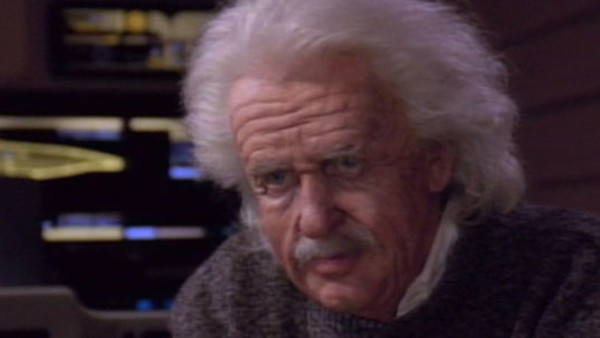10 Times Star Trek Changed The World
4. Taking On Einstein

There is one big stumbling block for any astronaut wanting to go on "some kind of star trek" – special and general relativity. Nothing in the universe can travel faster than the speed of light in a vacuum. To accelerate any object with mass to the speed of light would require an infinite amount of energy. E = mc2, man!
Evidently, Star Trek gets neatly around this Einsteinian impediment with the warp drive (and other faster-than-light [FTL] technologies). It is generally accepted that warp drive as a literary device first appeared in John W Campbell’s 1931 Islands of Space in the pulp fiction magazine Amazing Stories Quarterly, later published in novel form in 1957. However, it is Star Trek that democratised the idea in the collective consciousness from its use in Where No Man Has Gone Before onwards (as "time warp factor" and "hyperdrive" in The Cage).
So influential has the technology of Star Trek been, it has directly inspired real-world scientists to work on solutions to the FTL barrier inherent in Einstein’s equations. Most significant of these is Dr Miguel Alcubierre’s 1994 paper 'The warp drive: hyper-fast travel within general relativity'.
In it he proposes the (insanely complex) mathematics for "a purely local expansion of spacetime behind [a] spaceship and an opposite contraction in front of it" that would allow for "motion faster than the speed of light as seen by observers outside the disturbed region […] reminiscent of the 'warp drive' of science fiction". Indeed, Alcubierre even emailed William Shatner saying that his drive was directly inspired by Star Trek. In a case of fiction imitating theoretical physics imitating fiction, the USS Alcubierre now features in the RPG Star Trek: Adventures and in other fan creations online.